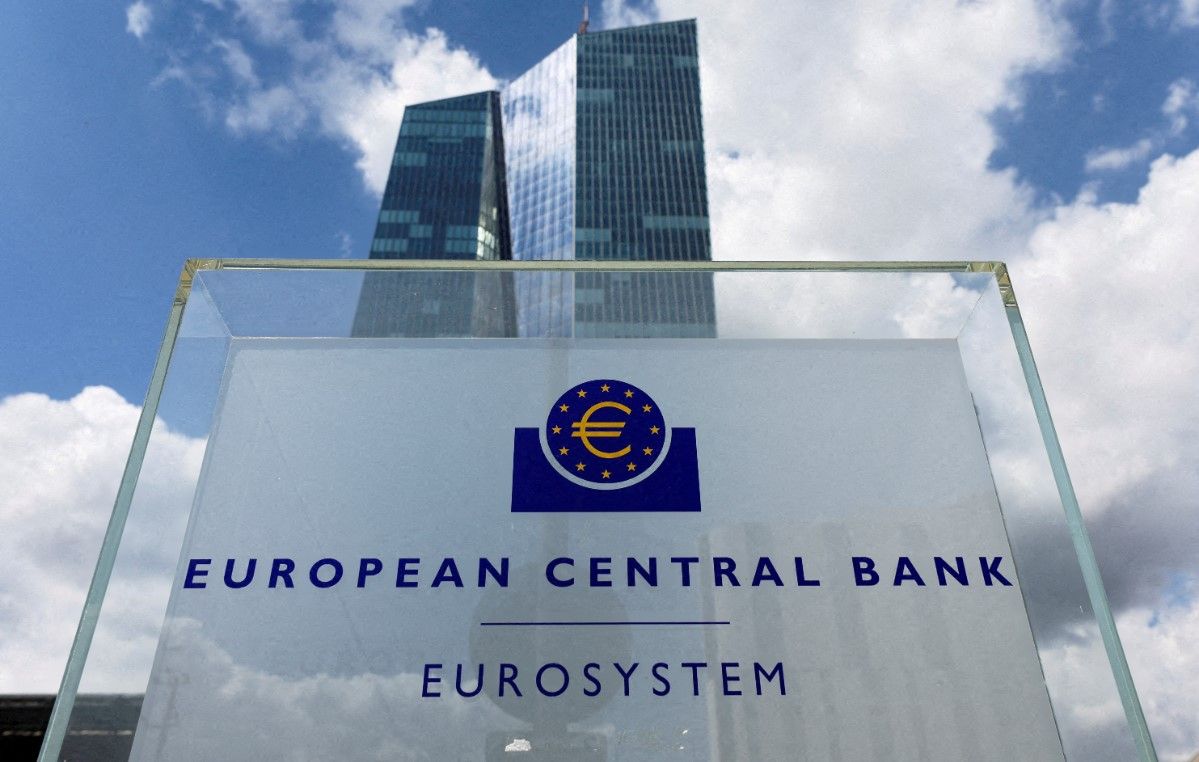FXOpen

High inflation continues to grip European economies, putting central banks in a tight spot as they grapple with the triple dilemma of slowing growth, persistent inflation, and the impact of unprecedented rate hikes.
In September, we witnessed a shift in tone from central banks across the region, with some hitting the brakes on interest rate hikes after nearly two years of tightening, while others appeared to be approaching peak rates.
This shift has brought the spotlight to a critical question: how long will these rates remain steady in the face of economic challenges?
One common thread among these central banks is the proximity of their interest rates to their presumed peaks, adding complexity to the ongoing balancing act.
The recent surge in oil prices has further complicated the situation. While it has the potential to fuel inflation, it also exerts downward pressure on economic growth, making future interest rate decisions even more uncertain.
European Central Bank (ECB): A Delicate Balance
The ECB raised rates by 25 basis points on September 14, a move characterised by some as a "dovish hike." While the ECB acknowledged the potential for these rates to have reached a peak, they emphasised the need to maintain these rates at sufficiently restrictive levels for as long as necessary to combat inflation effectively.
The ECB's growth outlook for the eurozone remains modest, with just 0.7% growth expected this year and 1% next year, in stark contrast to the nearly 2% growth forecasted for the US in 2023.
Bank of England (BOE): A Cautious Pause
The Bank of England recently opted for a pause in its aggressive interest rate hikes, keeping its main policy rate at 5.25%. The decision followed 14 consecutive rate hikes, reflecting a close call among policymakers.
The lower-than-expected August inflation figure, which stood at 6.7%, may have swayed the decision. While this figure remains significantly above the BOE's 2% target, it fell short of the 7% forecast.
BOE Governor Andrew Bailey emphasised that the committee would closely monitor the need for further increases. However, many economists predict that this rate will likely represent the bank's peak. Similar to the US Federal Reserve, the BOE seeks to convey a "high for long" narrative, aiming to discourage expectations of imminent rate cuts that could undermine their efforts to combat inflation.
While some forecast rate cuts in late 2024, others believe it is too early to predict the timing of the first interest rate cut, given the lack of clear parameters for easing.
Swiss National Bank (SNB): Cautious Optimism
The SNB pressed the pause button for the first time since March 2022, citing the significant tightening of monetary policy to counter inflationary pressure. Despite Switzerland's economic stagnation in the second quarter, the SNB remains cautious, emphasising that "the war against inflation is not yet over." The central bank may consider further tightening in December to address inflation concerns.
Analysts have labelled this pause as "hawkish," as there is no indication of rate cuts on the horizon, even though Switzerland's economic growth is forecasted to be modest.
This article represents the opinion of the Companies operating under the FXOpen brand only. It is not to be construed as an offer, solicitation, or recommendation with respect to products and services provided by the Companies operating under the FXOpen brand, nor is it to be considered financial advice.
Stay ahead of the market!
Subscribe now to our mailing list and receive the latest market news and insights delivered directly to your inbox.








